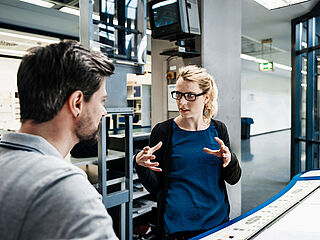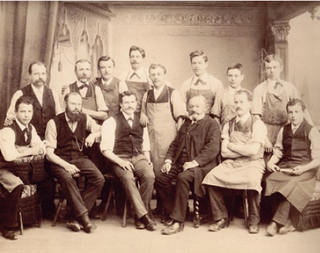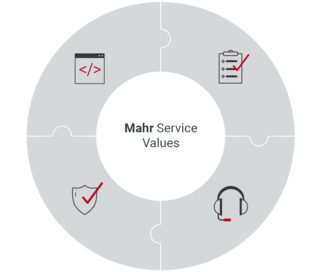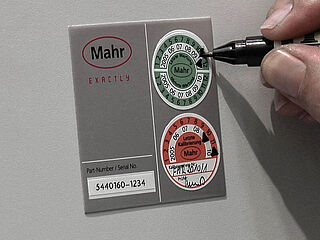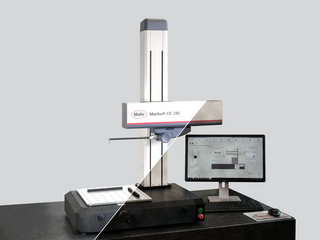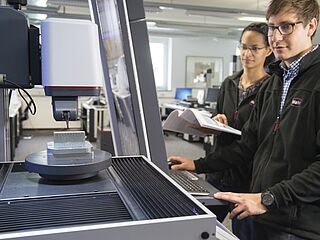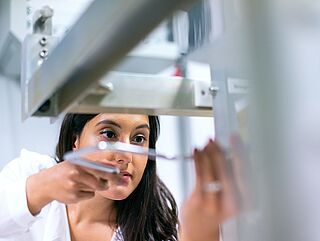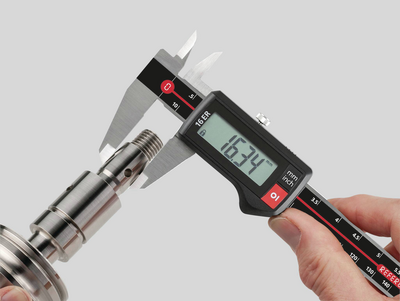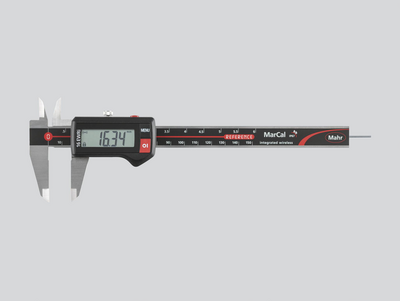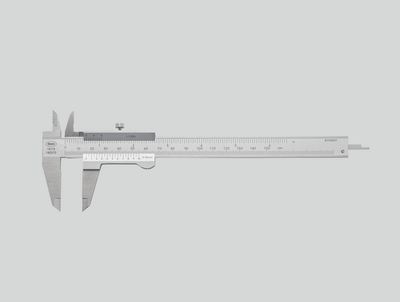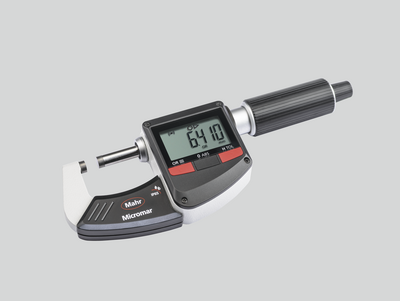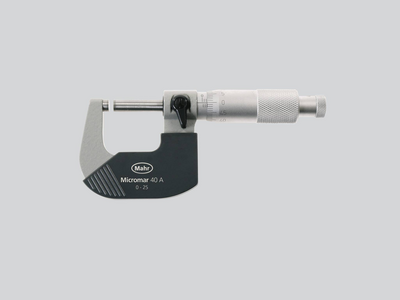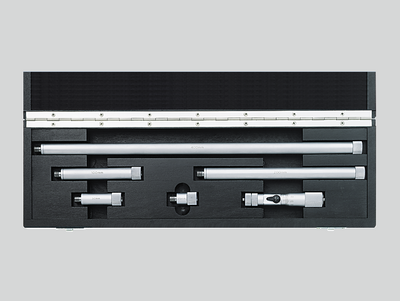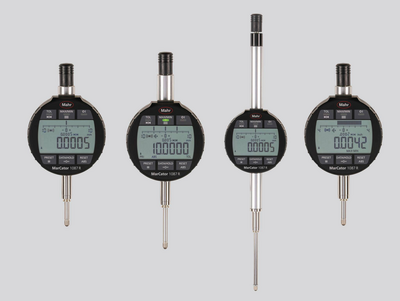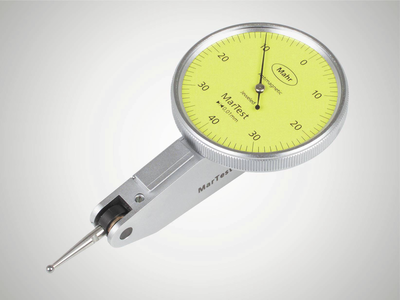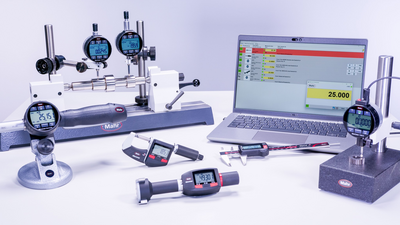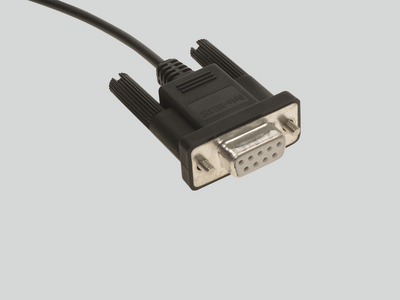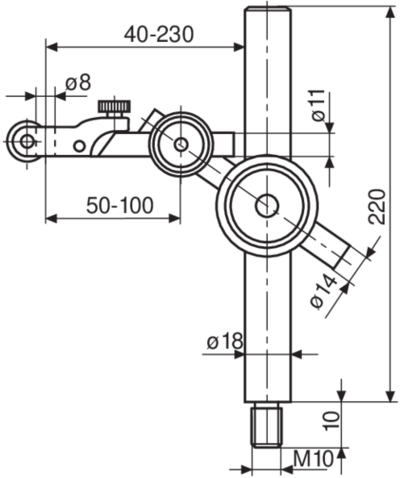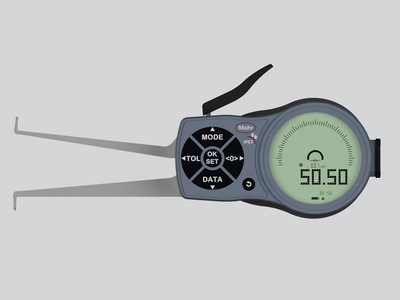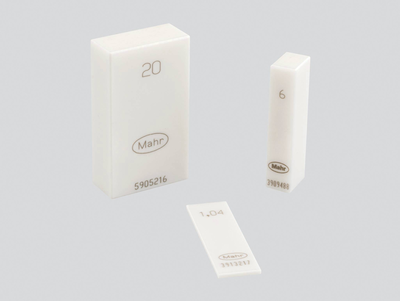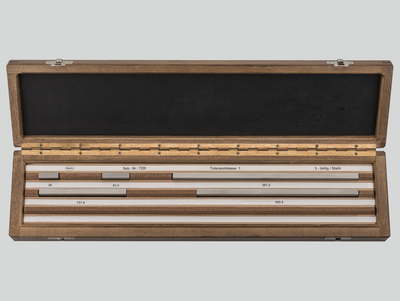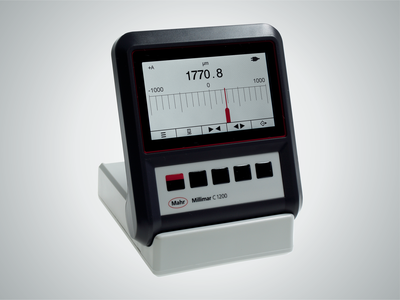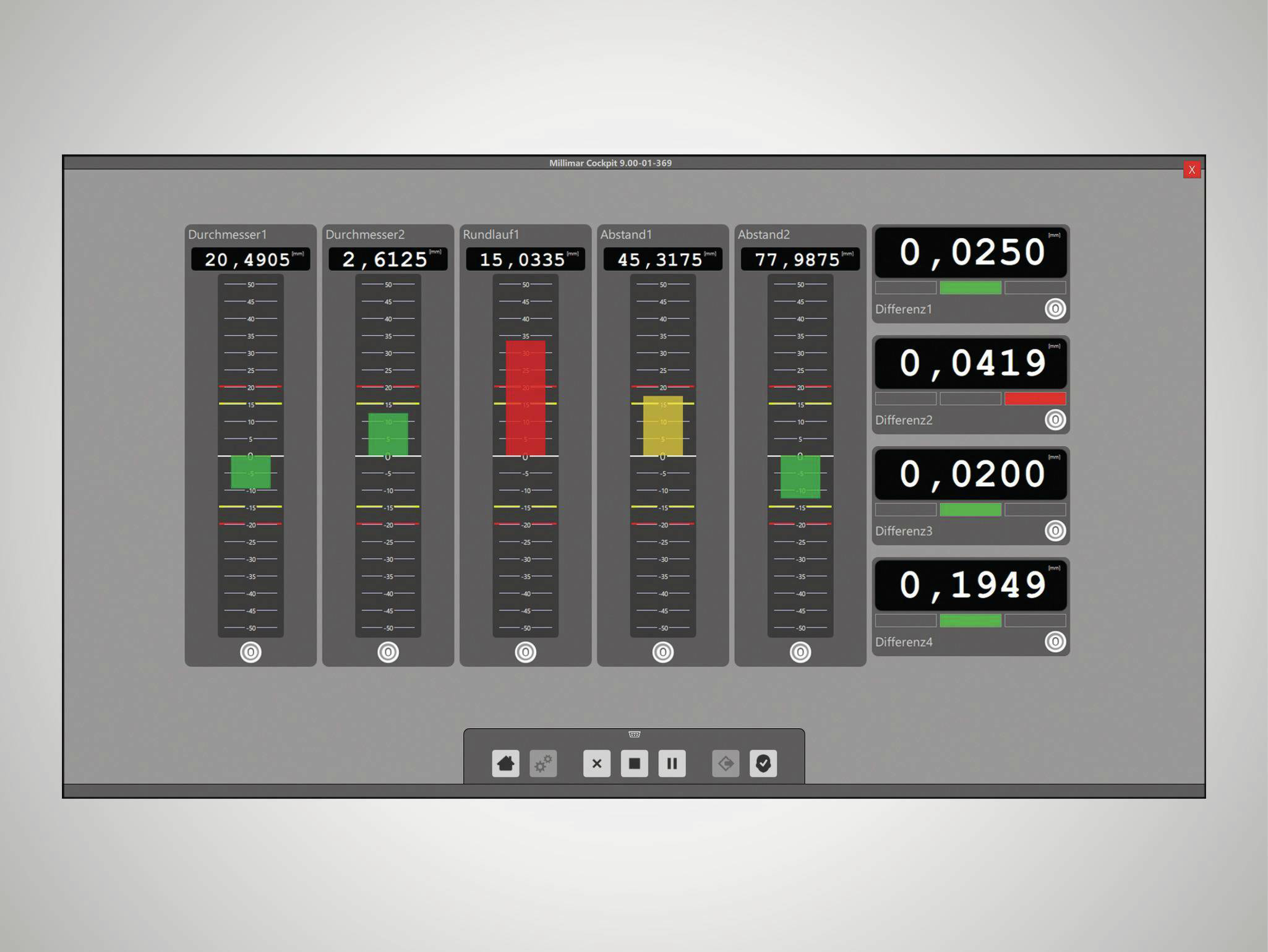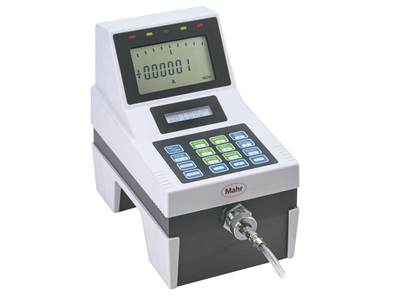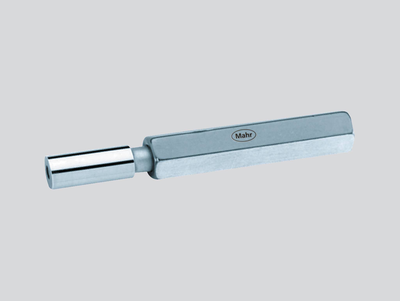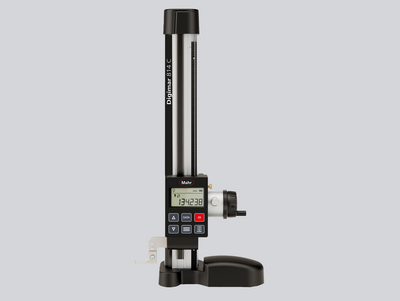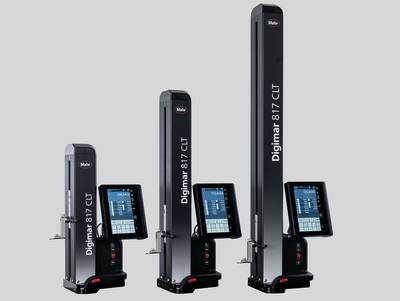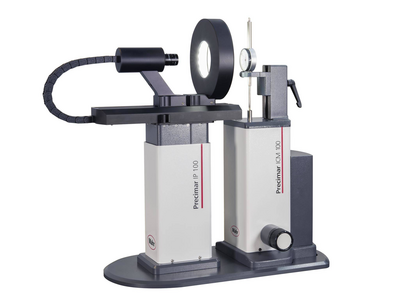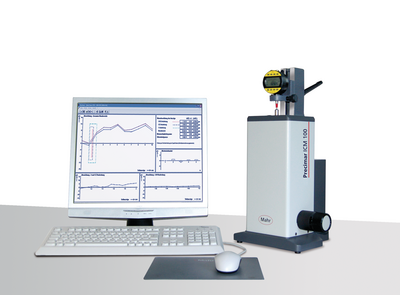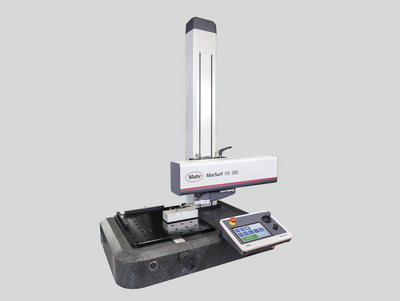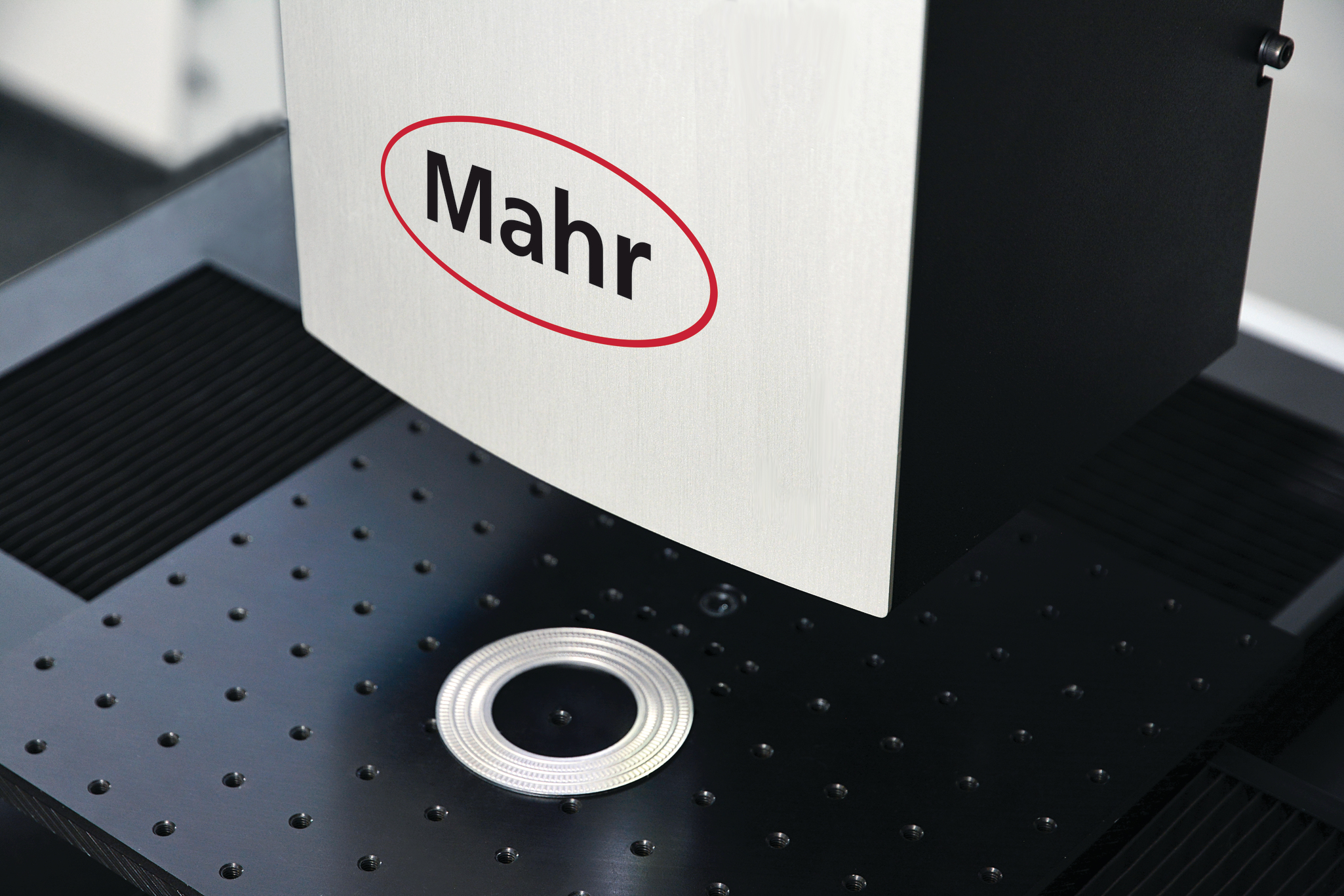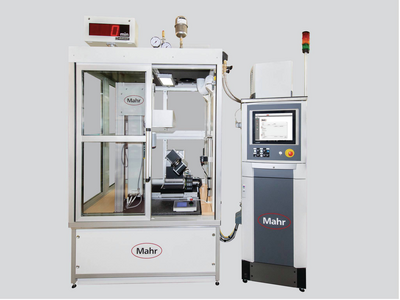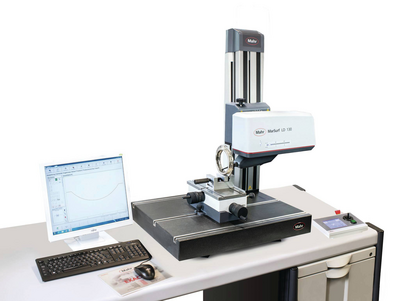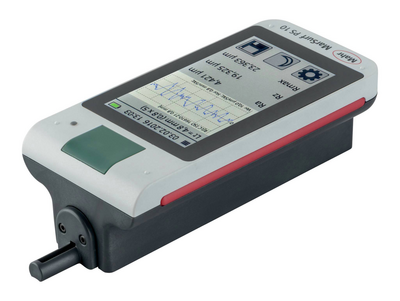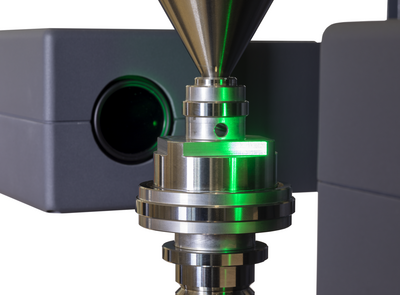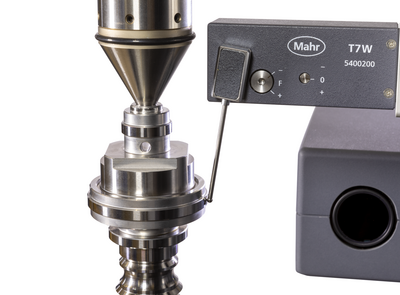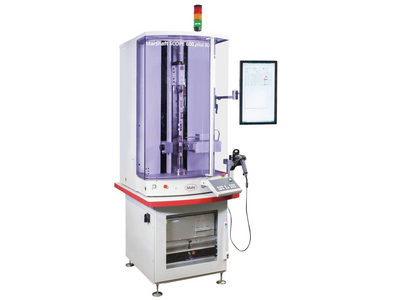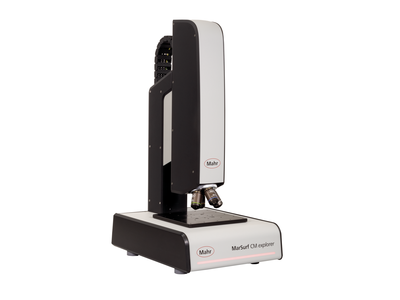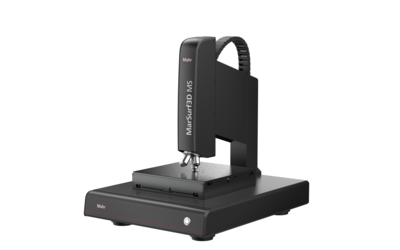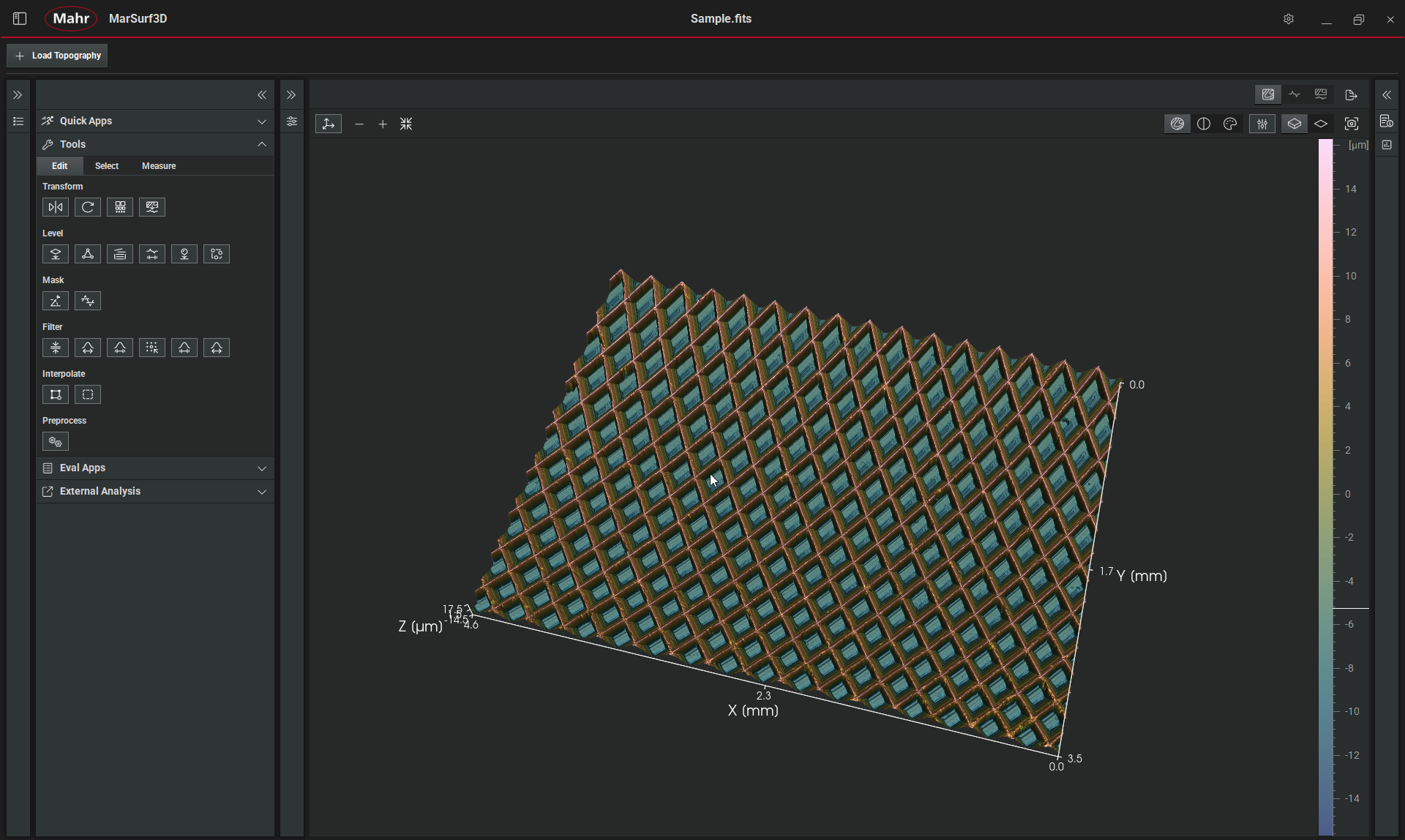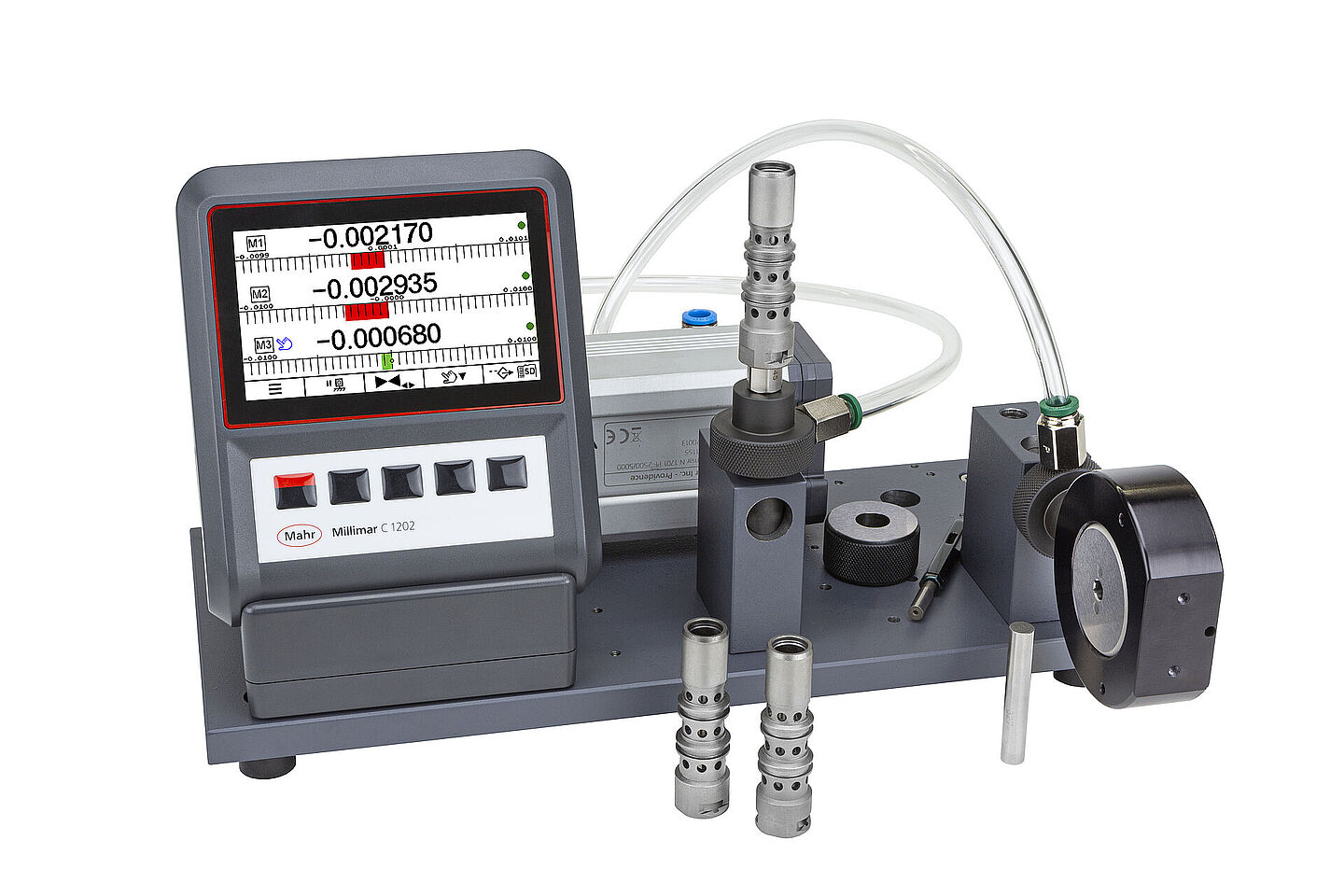These are useful when gaging round parts in a V-block fixture, for example, or measuring the height of a flat surface. The operator can quickly turn a shaft through a complete revolution, or move a flat part around under the gage head, without pausing to read the display. When manipulation of the workpiece is complete, the operator may select to display the maximum or minimum ID, OD, height, depth, or runout.
Other advanced functions can speed gaging setups. The "auto-zero" function, for example, is the electronic equivalent of the rotating bezel on mechanical dial indicators: the operator brings the gage head into rough contact with the master, and simply zeroes the amplifier, eliminating the need for ultra-careful positioning of the gage head.
A "master deviation" function also allows the addition of a fudge factor to the zero setting. Say your spec calls for a nominal dimension of 1.99980", but you've only got gage blocks handy for 2.00000". No problem. Simply set your zero at 2.00000", master the gage, program in a deviation of +.00020" to all measurements, and voila! Quick and easy mastering, without the hassle of post-measurement arithmetic.
A "preset value" allows switching between comparative and absolute measurements. In other words, instead of gaging deviation from nominal, the indicator displays actual part dimensions. In the above example, if a part was .00010" above nominal, the display would read 1.99990".
Digital indicators today allow users to establish tolerance limits, and some incorporate green and red lights to indicate "in tolerance" and "out of tolerance" conditions. Alternately, the lights can indicate different part-size categories for match-gaging applications. Through digital output ports, digital indicators can also be used to drive large accessory lights, enhancing part sorting efficiency or bad-part identification in high-volume applications.
These days, it is very common for digital output to be used for data collection and SPC. However, gaging data from digital indicators can also be used to control production machinery on an in-process basis, replacing expensive dedicated closed-loop controllers at a fraction of the cost.
There are still a few things that today's digital indicators cannot do quite as well as a bench amplifier. The two that stand out the most are signal combinations and remote transducers, though even these can be worked around. Signal sharing can be accomplished by taking the data output signal of each digital indicator and sending it to a computer. There the signals can easily be combined in many ways, even beyond basic signal sharing columns. And there are a few digital indicators that do have remote transducers. This allows you to place the transducer in a gage where a digital indicator would not normally fit.
Not all digital indicators incorporate all of the features listed here, although many incorporate these features and more, such as higher resolutions, multipliers, sequence gaging, etc. If you are still using an electronic amplifier, you may want to compare the features of several digital indicators to see if they can make your gaging "more efficient and productive." Digital indicators may not be the end-all replacement for the large display and high resolution of a powerful bench amplifier, but with all the capabilities currently available, it's certainly worth a look.



